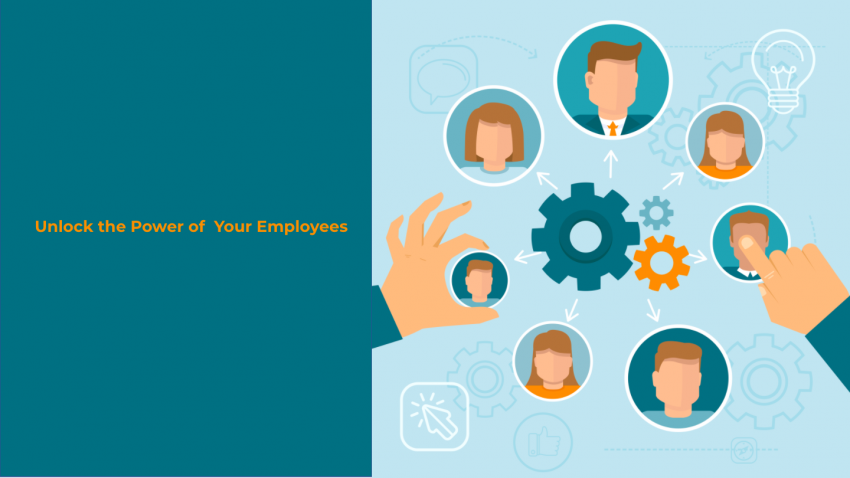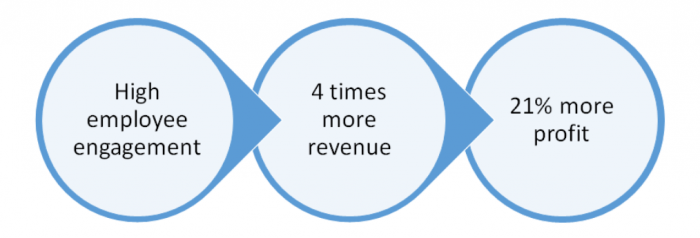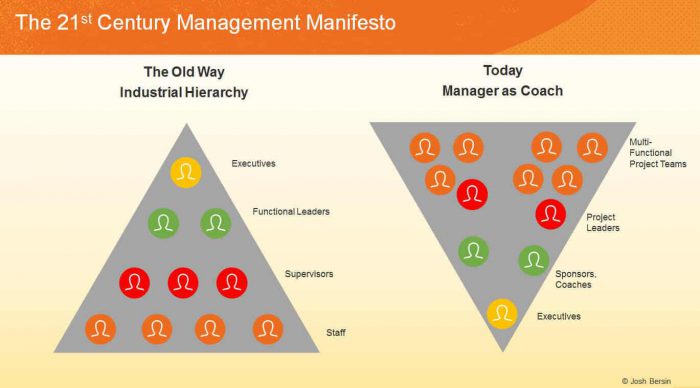
Unlock the Power of Your Employees
Studies and surveys indicate that most workplaces have NOT tapped into the full power of their workforce’s potential.
A recent Gallup survey of organizations around the world places employee engagement at a meagre 15%.
Imagine what we could accomplish if we could tap into the 85% that’s hibernating.
So, why does employee engagement matter?
In simple terms employee engagement is one of the main pillars of an organization’s success.
Here are some numbers that tell a clear story.

So does this mean that employee engagement is good to have but not having it causes no real harm?
On the contrary, low employee engagement can cost the organization hard cash.
A study on workplace engagement in the US revealed that low employee engagement costs USD 450-500 billion each year.
Ignoring these numbers is like trying to build your business on quick sand.
What is employee engagement?
It’s an abstract concept that could mean different things to different people. Here’s a look at what some experts and leading research companies think employee engagement is.
According to Aon Hewitt it is “the level of an employee’s psychological investment in their organization.”
Gallup defines engaged employees as, “those who are involved in, enthusiastic about and committed to their work and workplace”
According to Quantum Workplace, employee engagement is “the strength of the mental and emotional connection employees feel toward their places of work”.
All of these definitions have one thing in common. It’s all about the employees’ emotional response and commitment to their workplace.
What triggers higher employee engagement?
There are many factors that contribute to employee engagement and I will not try to simplify its complexity by stating that I have all the answers.
I will however not pass up the opportunity to draw your attention to a certain human behavior that was highlighted during the recent COVID crisis. Catastrophes, after all , magnify and illuminate human behaviour like nothing else.
The recent COVID 19 crisis underscored the enormous untapped human potential available when people understand the end goal that their job is accomplishing. We’ve seen some consumer product companies and textile firms triple their output when they pivoted to produce sanitizers and masks.
Employees need to feel that their future and well being is intricately connected to the organization. The relationship between staff and management should have a personal feel , ideally that of a mentor and mentee.
Josh Bersin’s depiction of the 21st century management style says it all.

The organisation should be perceived as being invested in the individual’s interests and personal goals.
Personalized learning programs that are aligned to the employee’s long term career goals reflect this perception. .
Backed by this belief we spent our energies to perfect Elite’s career path engine. With Elite each employee can be put on a personalized learning path aligned to their career goal. The easy-to-navigate path is broken down into skills that can be acquired through thousands of learning resources available to them at any time through their personal login.
Moreover, employees’ learning can also be aligned to the organization’s long term goal. This gives the employee the gratification of working towards a greater goal.
When an organisation invests in the personal growth of an employee, it definitely pays off.
Image source: https://joshbersin.com/

